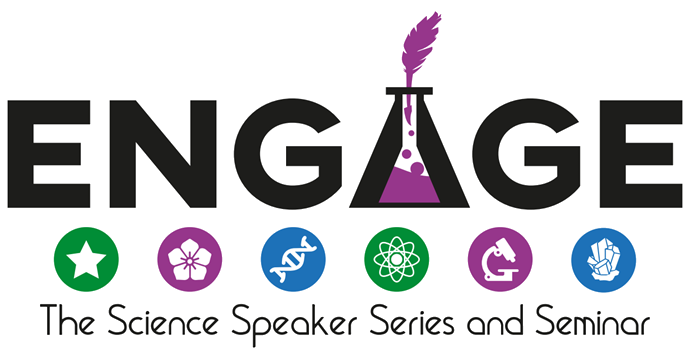Tiny but Mighty: Fine particulate matter suspended in the air can have harmful health impacts
Imagine something so small that over twenty can fit across one human hair. Fine particulate matter, or PM2.5, suspended in the atmosphere is this small. PM2.5 particles have a diameter no more than 2.5 micrometers. You might think that something so small would be inconsequential; but these tiny particles can lead to harmful health impacts.
These particles begin their voyage after their creation from combustion of fuel from vehicles, power plants, industrial activity, wood burning stoves, or wildfires. Due to their smaller size, they can venture deep into the respiratory system and lodge inside the lungs. While surprising that tiny particles can have such a large impact on human health, these unwanted visitors can lead to heart attacks, stroke, respiratory illness, and death.
During wildfire season, you may have experienced decreased visibility or observed particle collection on surfaces due to fine particulate matter. Levels of PM2.5 increase during wildfire season, but PM2.5 levels can also fluctuate from changes in vehicle emission and industrial activity. Although the number of large wildfires has increased over recent years, nationally, PM2.5 has decreased due to stricter regulations of emissions from industry and vehicles. Just this January 2023, the Environmental Protection Agency proposed lowering allowable levels of PM2.5 by as much as 25 percent. Estimates suggest that the ruling could prevent up to 4,200 premature deaths annually and result in $43 billion in economic and health benefits by 2032.
The proposed change in regulations was made possible by increased scientific agreement around the impact of PM2.5 on health. Review by the federal government every five years of particulate matter, required by the Clean Air Act, found the change could improve health of communities and all individuals. My research aims to continue to study the impact of PM2.5 on human health by looking at the vulnerable population of fetuses and infants. Although we believe there is an association of long-term exposure to PM2.5 on infant health, researchers like me are working to prove the direct casual relationship between PM2.5 and infant mortality to inform further policy change.
As a Washingtonian, you might be familiar with looking at the PurpleAir Map or other monitors of the Air Quality Index (AQI) during wildfire season to determine if you want to spend time outside. The measurements give you insight into the air quality. Vulnerable populations, like those with asthma or pregnant people, are advised to stay inside when levels of air pollutants such as PM2.5 are high. Scientists such as myself aim to dive deeper into the casual relationship and assess if other factors affect the body’s response to air pollution exposure. Are certain individuals at high risk of health effects due to existing health conditions? Do housing conditions and neighborhood structure influence the severity of outcomes? Does access to healthcare, income, wealth, or experiences of racism influence the impact of air pollution on health outcomes? For example, scientists and citizens know that experiences of racism, such as difficulty accessing adequate levels of healthcare, cause increased stress on people’s bodies. This increased stress might allow exposure to pollutants to have a larger health impact, such as increased rates of heart attacks, respiratory illnesses, or infant mortality, than if the person didn’t experience racism.
More research helps inform the reduction of allowable levels of pollution and hopefully will lead to safer and healthier communities. Regulating and studying tiny particles that travel deep into the human body may be difficult, but successful work can have an outstanding impact on human health.
Sonya Jampel (she/her) is a Master’s in Public Health Student in Epidemiology at the University of Washington. She uses large birth and death certificate datasets to analyze the relationship between air pollution and infant mortality in order to inform policy and prevention solutions.


